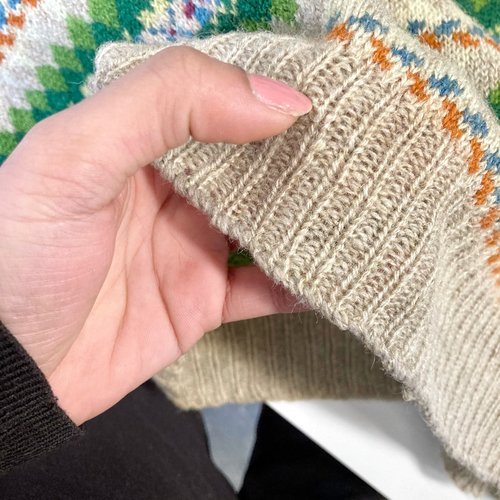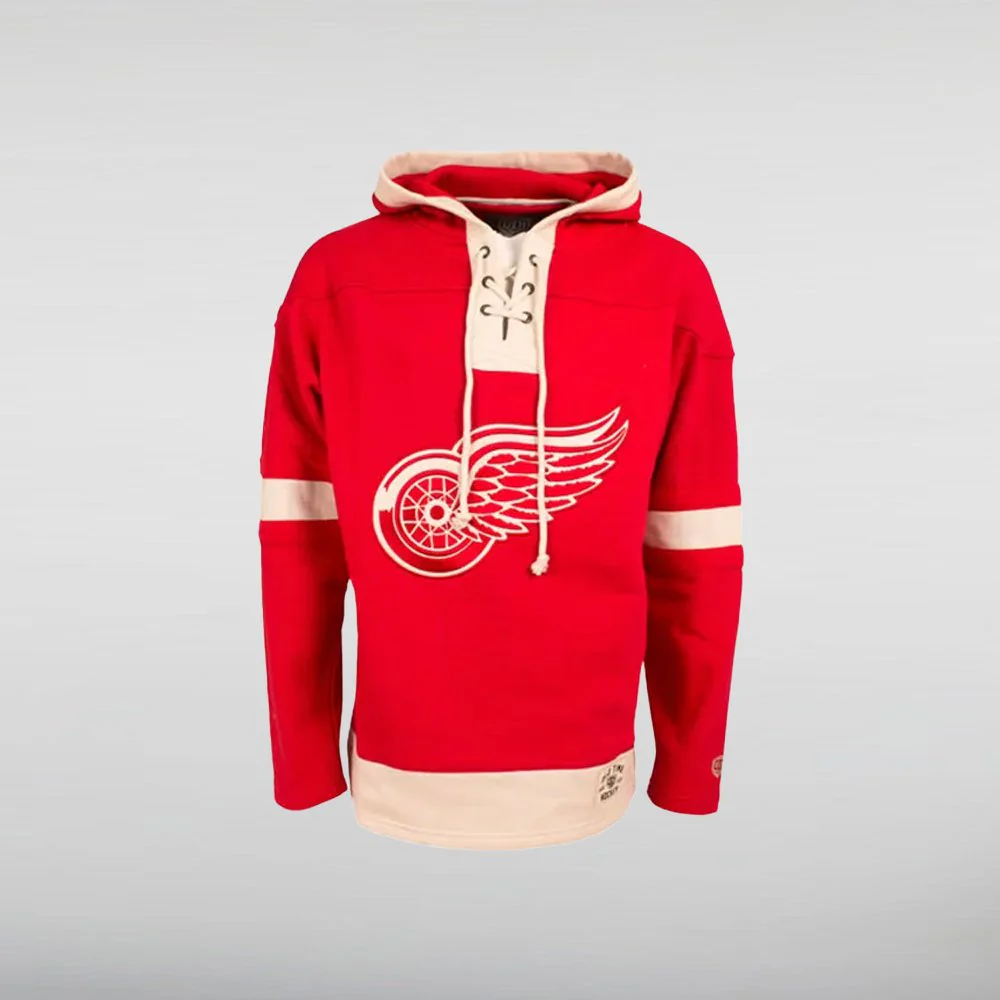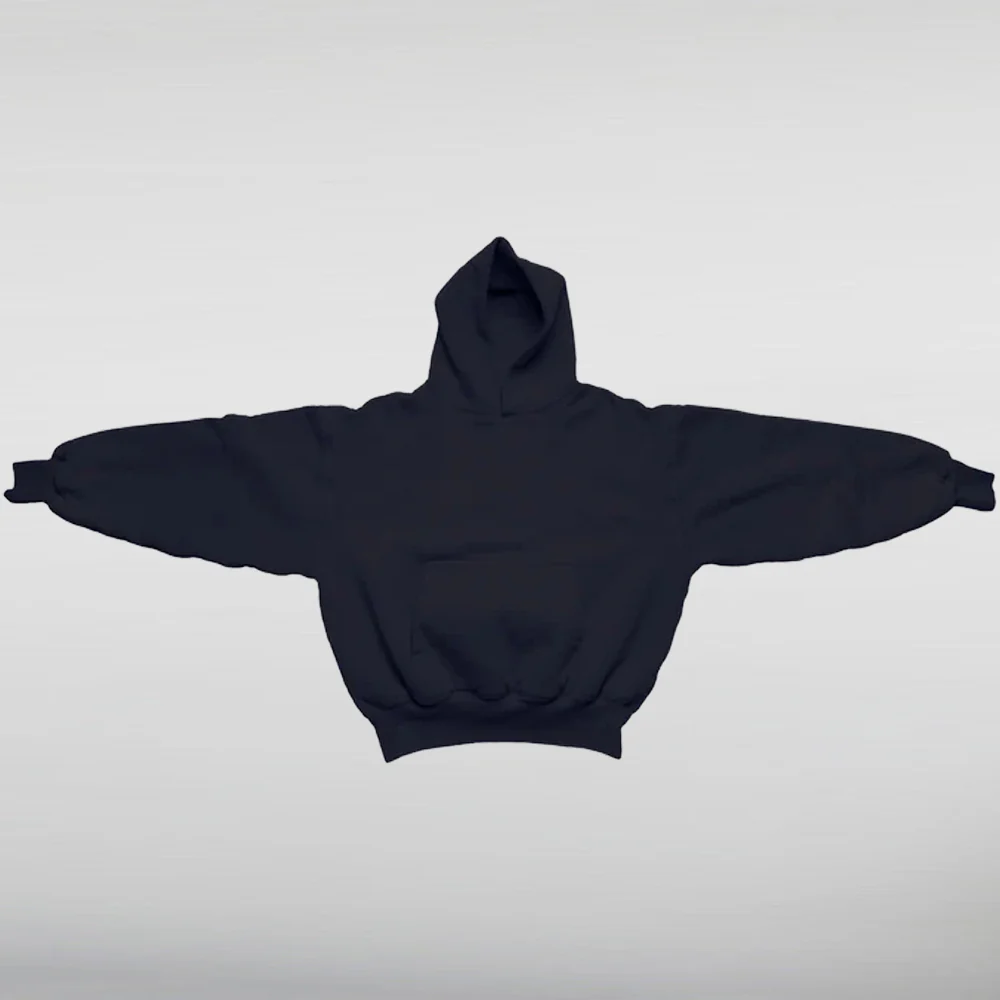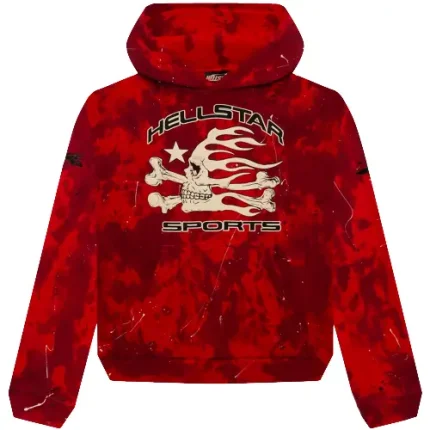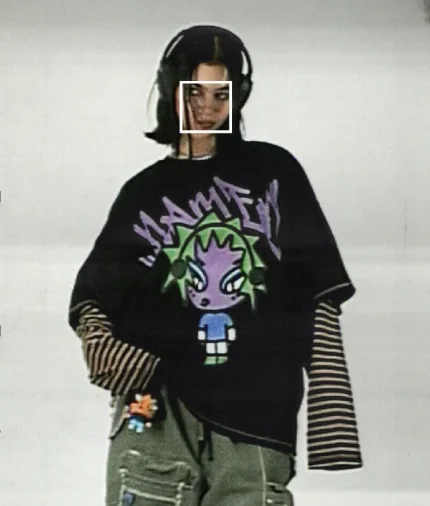There’s something inherently comforting about knitwear. It wraps you in warmth, softness, and often nostalgia. From heirloom wool cardigans to your go-to everyday sweater, knits are more than garments—they’re companions through seasons and memories. But like all beloved things, knitwear is not immune to time and wear. Snags, holes, thinning fabric, or loose stitches are common issues, and when they appear, the solution isn’t to discard—it’s to restore. Enter the art of knit repair—a specialized craft that breathes new life into your favorite pieces with precision, skill, and care.
In this guide, we explore what knit repair truly involves, why it’s essential for knitwear longevity, and how professional services masterfully restore even the most delicate or damaged knits to their former glory.
Understanding Knitwear and Its Vulnerabilities
Before diving into repair, it’s important to appreciate the structure of knitted fabrics. Unlike woven materials that interlace threads in a crisscross pattern, knitted fabrics are made from a single continuous yarn looped repeatedly to form rows. This looped structure gives knitwear its elasticity, softness, and signature drape.
However, this very structure also makes knits vulnerable:
- A single snag can unravel multiple rows.
- Tension stress—from wear or improper washing—can stretch, warp, or distort the knit pattern.
- Moth larvae, particularly fond of wool and cashmere, chew tiny holes that grow with wear.
- Seam and cuff wear due to repeated movement and friction is inevitable over time.
The delicate nature of knitwear calls for gentle, informed handling—especially when it comes to repair.
What Is Knit Repair?
Knit repair is the art of restoring damaged or worn knitwear while preserving the integrity, texture, and appearance of the original garment. It goes far beyond simple stitching. A successful knit repair should:
- Reinforce weak areas without adding stiffness.
- Blend seamlessly with the existing fabric, color, and stitch pattern.
- Maintain the garment’s original silhouette and elasticity.
- Extend the garment’s life without altering its comfort or look.
From intricate reknitting and invisible mending to structural stabilization and reshaping, knit repair is both a science and an art.
Common Types of Knitwear Damage Professionals Repair
1. Holes and Snags
Tiny holes, often caused by moths or accidental snags, can rapidly unravel if not repaired properly. Left untreated, they compromise both appearance and structure.
2. Worn Elbows and Cuffs
These high-friction areas are the first to thin out, fray, or develop holes. Expert repair ensures reinforced durability while preserving the original style.
3. Unraveling Seams
Knitted garments often have stitched seams that, over time, loosen or detach. Proper rejoining of these areas is key to maintaining fit and form.
4. Stretched or Misshapen Areas
Sweaters that have lost their original shape through improper washing or wear can be blocked and reshaped by professionals who understand fabric behavior and tension dynamics.
5. Pilling and Fiber Degradation
Though not technically “damage,” excessive pilling and fuzz can make knitwear look old and tired. Specialized grooming and refinishing services remove pills while preserving the softness of the yarn.
Techniques Used in Professional Knit Repair
Not all repairs are created equal. Professionals use a variety of techniques depending on the type, severity, and location of the damage. Here are some of the most notable:
1. Invisible Mending
This highly skilled technique involves taking threads from a hidden part of the garment (like a hem) and reweaving them into the damaged area. It’s ideal for tiny holes and is almost impossible to detect once finished.
2. Reknitting
For larger areas of damage or complex knit patterns, reknitting involves reconstructing the missing or damaged rows by hand. The goal is to match the gauge, texture, and direction of the original stitches exactly.
3. Darning
Darning involves weaving a patch over a hole with a needle and matching yarn. While some types of darning are visible and decorative, skilled professionals can create near-invisible darns that blend with the surrounding fabric.
4. Stabilizing
When a hole or weak spot is not immediately repairable, stabilizing it with a backing patch or internal support prevents further unraveling. This is often used in areas under strain, like underarms or necklines.
5. Blocking and Reshaping
A warped or stretched garment can be professionally blocked—reshaped using steam and custom forms—to restore the original fit and drape.
Why Professional Knit Repair Matters
Repairing knitwear at a professional level isn’t just about fixing holes—it’s about maintaining the soul of a garment. Here’s why trusting the experts makes all the difference:
1. Preservation of Value
Whether your knitwear is a designer piece or a sentimental favorite, professional repair protects your investment. High-quality knitwear is made to last—and repair ensures it does.
2. Seamless Results
Professionals have access to specialty tools, yarns, and techniques that allow them to match color, texture, and stitch patterns with astonishing accuracy.
3. Fabric Integrity
Improper repairs—like using mismatched thread or pulling too tight—can damage the fibers further. Professionals understand how to treat each yarn type (wool, cotton, alpaca, cashmere, etc.) with the care it requires.
4. Sustainable Fashion Choice
Repairing instead of replacing aligns with the growing global movement toward conscious consumerism. Extending the life of a garment reduces textile waste and lessens your environmental footprint.
5. Artistic Craftsmanship
True knit repair is a form of textile artistry. Skilled artisans treat each piece like a canvas—restoring it stitch by stitch with intention and pride.
The Emotional Thread
Knitwear is often tied to memory. The sweater gifted by a loved one. The cardigan worn through winters and milestones. The handmade jumper passed down from a grandparent. These aren’t just clothes—they’re keepsakes. Professional knit repair allows you to keep wearing those memories instead of folding them away or letting them unravel.
There’s a unique satisfaction in reclaiming something you thought was ruined. Each repair becomes a quiet act of care, connection, and sustainability.
What to Look for in a Knit Repair Specialist
Not every tailor or dry cleaner is equipped for knit repair. Here’s what to look for in a reputable specialist:
- Experience with luxury fibers like cashmere, merino, or alpaca.
- Before-and-after examples of detailed repairs.
- Knowledge of knit construction and yarn behavior.
- A consultative approach—professionals should inspect your garment, discuss options, and provide realistic outcomes.
- Discretion in matching—thread, color, texture, and tension must be skillfully aligned.
Knit Repair Is the New Luxury
In a world obsessed with fast fashion and disposability, repairing your knitwear isn’t old-fashioned—it’s modern elegance. It’s a commitment to craftsmanship, sustainability, and style that endures. Whether it’s a single tiny hole or a full reknit of a beloved sweater, knit repair is the perfect fusion of tradition and innovation.

